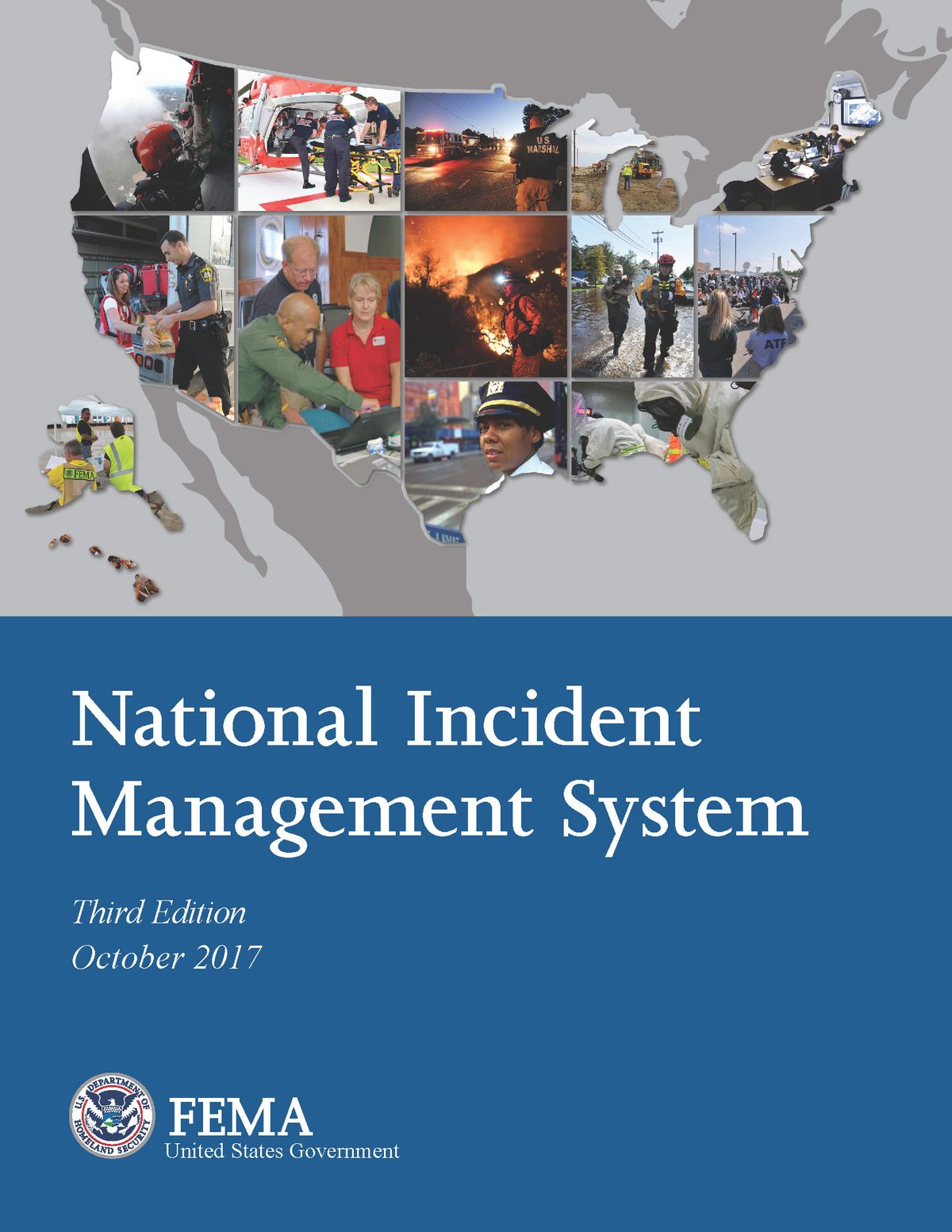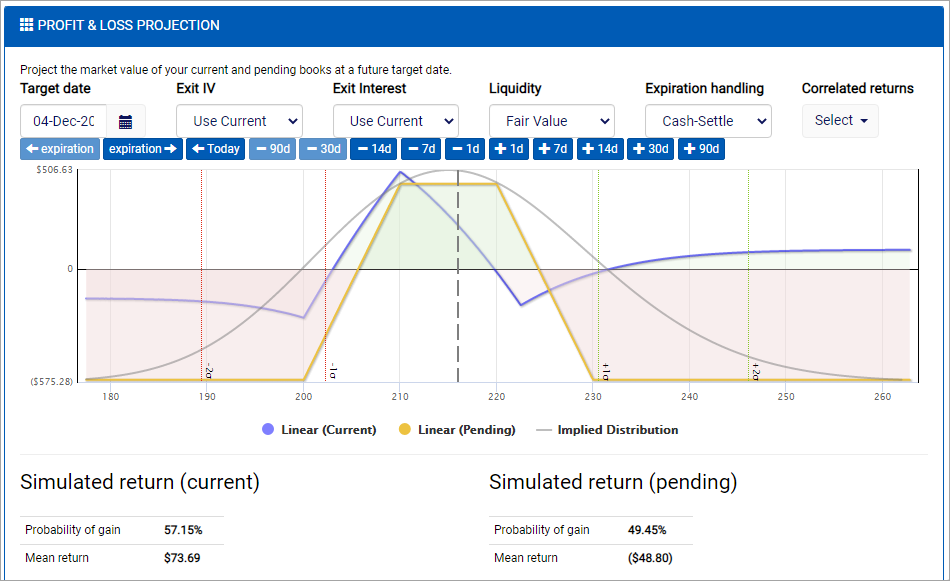
Second, they serve as a template upon which clients make purchasing decisions.

From the case interviews, we conclude that effective PCRA information is helpful for the financial sector in several ways first, it supports investors to pinpoint which assets need attention and how much money is required to mitigate the impacts. Results from the literature review show that simply selecting a PCRA methodology does not guarantee uptake of information by end-users, because there is no single approach that is suitable for all contexts. Using literature review, semi-structured interviews and reflection on four case studies implemented in the Netherlands, this paper presents lessons learned and recommendations for improving Physical Climate Risk Assessments (PCRA) for the financial sector. Yet, generating tailored physical climate risk information to make meaningful decisions about investment portfolios remains difficult. For (large) investments in real estate, it is becoming increasingly important to take climate related risks into account.
#Ebook manager 2017 software
The study outcome shows that PORM system offers computationally cost effective analysis of risk factor as assessed with respect to different quality standards of object oriented system involved in every software projects.Ĭlimate change can be an important additional risk for the financial sector. The proposed PORM system is also designed and equipped with better risk factor assessment with an aid of machine learning approach without having more involvement of iteration. The significant contribution of PORM is to offer a reliable computation of risk analysis by considering generalized practical scenario of software development practices in Information Technology (IT) industry. Predictive Optimization of Risk Management with the perspective of software engineering. This research work introduces a model called as PROM i.e. Irrespective of different research-based approaches toward risk management, developing a precise model towards risk management is found to be a computationally challenging task owing to critical and vague definition of the origination of the problems. The findings of this study can be used by the practitioners and stakeholders as important lessons useful for controlling risks and making decisions when they intend to participate in such projects during the construction stage. On the other hand, contractor-related risk responsibilities include: safety provision and ensuring quality provision. The findings further show that consultant-related risk responsibilities are: safety provision, the use of historical cost deviation, ensuring quality provision, and review of knowledge on budgeting. The results show that both contractors and consultants ranked safety project provision and ensuring quality provision in terms of construction as shared risk responsibilities among contractual parties. Descriptive statistics and inferential statistics were used for the data analysis. The primary data were collected from 80 registered foreign and local civil contractors and engineering consultants based in Dar es Salaam. This study is aimed at bridging that knowledge gap by investigating the perceptions of contractors and consultants on the risk handling responsibilities in road projects in Tanzania.


However, there is inadequate knowledge amongst the contractual parties on risk handling responsibilities in road projects, particularly in Sub-Saharan African developing countries. Risk handling is one of the elements and essential parts of risk management when properly incorporated into a project. This guide is about implementing the most current risk analysis research into the business processes, decision making and the overall culture of the organization. This guide isn't about "classical" risk management with its useless risk maps, risk registers, risk owners or risk mitigation plans. Each section is accompanied by checklists, video references, useful links and templates. This document is designed to be a practical implementation guide. These were grouped into three high level objectives: drive risk culture, help integrate risk management into business and become a trusted advisor.
#Ebook manager 2017 how to
Based on our research and the interviews, we have summarised fifteen practical ideas on how to improve the integration of risk management into the daily life of the organisation.
#Ebook manager 2017 free
In this free book, Alex Sidorenko and Elena Demidenko talk about practical steps risk managers can take to integrate risk management into decision making and core business processes. Risk management is ultimately about creating a culture that would facilitate risk discussion when performing business activities or making any strategic, investment or project decision.


 0 kommentar(er)
0 kommentar(er)
